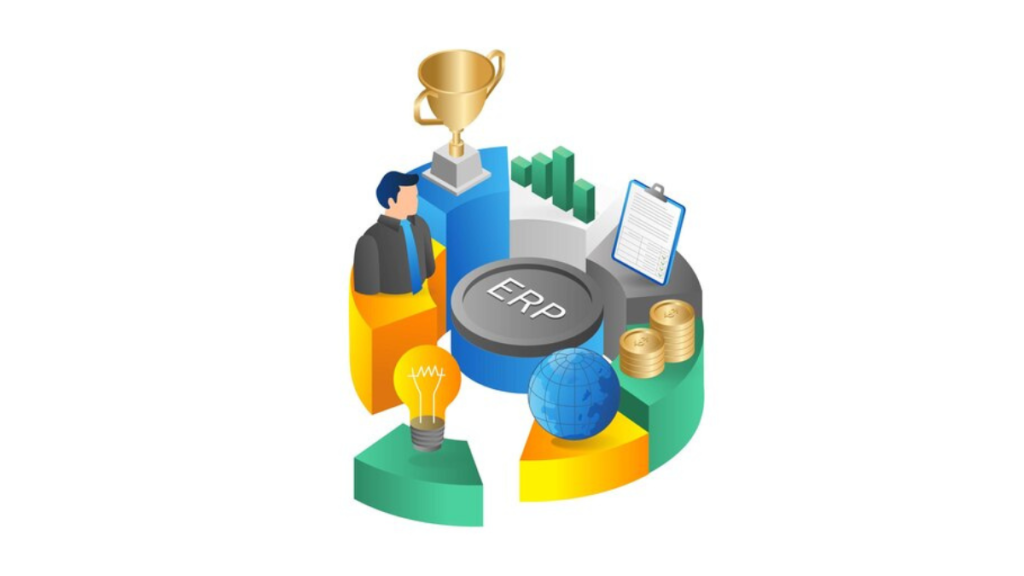In the competitive realm of retail, a prominent retail chain faced formidable challenges in inventory management, pricing strategies, and customer satisfaction. Eager to elevate their retail operations and provide an unparalleled customer experience, the organization embarked on a transformative journey by embracing an ERP solution.
Objectives:
The organization outlined clear objectives for their retail excellence initiative:
1. Optimize Inventory Levels: Achieve precision in inventory management, reducing stockouts, and minimizing excess stock.
2. Implement Dynamic Pricing Strategies: Move away from manual pricing updates to dynamic, data-driven pricing strategies that respond to market conditions.
3. Enhance Customer Satisfaction: Improve overall customer experience, fostering loyalty and satisfaction.
Challenges:
The challenges that propelled the retail chain towards ERP integration were significant:
– Inaccurate Inventory Forecasts: Inaccuracies in forecasting led to stockouts and excess inventory, impacting operational efficiency.
– Manual Pricing Updates: Manual pricing updates resulted in inconsistencies, hindering the ability to respond swiftly to market dynamics.
– Suboptimal Customer Experience: The existing systems did not provide the agility required to meet customer expectations, impacting satisfaction levels.
Solution:
The strategic solution involved the implementation of a cloud-based ERP solution equipped with specialized modules tailored for inventory management, dynamic pricing, and customer relationship management (CRM).
Implementation:
The ERP integration was meticulously executed to ensure maximum impact:
– Integration with POS and E-commerce Platforms: Seamless integration with point-of-sale (POS) systems and e-commerce platforms was achieved, creating a unified retail ecosystem.
– AI-Driven Dynamic Pricing Algorithms: AI-driven algorithms were implemented for dynamic pricing, allowing the organization to respond swiftly to market trends and optimize revenue.
– CRM Tools for Improved Customer Interactions: Staff underwent comprehensive training on CRM tools, enabling them to engage with customers more effectively and enhance the overall shopping experience.
Results:
The outcomes of this strategic initiative were transformative:
– 30% Reduction in Stockouts: Precise inventory management led to a significant reduction in stockouts, ensuring that products were consistently available to meet customer demands.
– 10% Increase in Revenue Through Dynamic Pricing: The adoption of dynamic pricing strategies resulted in a 10% increase in revenue as the organization responded dynamically to market conditions.
– Improved Customer Satisfaction and Loyalty: The enhanced customer experience, facilitated by CRM tools, contributed to improved customer satisfaction and increased loyalty.
Conclusion:
The retail chain’s journey towards excellence through ERP integration stands as a testament to the transformative power of strategic technological adoption. By optimizing inventory, implementing dynamic pricing, and enhancing customer interactions, the organization not only overcame existing challenges but also positioned itself as a retail leader in providing unparalleled customer satisfaction. This case study serves as an inspiration for retail enterprises looking to leverage ERP solutions for operational excellence and customer-centric innovation in an ever-evolving market landscape.
